Art Fair Tokyo 2010
At the special preview on Thursday night this year’s fair at the International Forum did seem quieter, with 138 exhibitors (down slightly from 143 in 2009). Though there was the noticeable absence of major galleries like Mizuma, Wako and Radi-um — as well as, except for an event at Vacant, the even more noticeable and lamented absence of a satellite fair — it was business as usual: hundreds of booths, featuring everything from antiques to contemporary art, nihonga to sculpture. Those looking to purchase art works aside, “Art Fair Tokyo” is a good chance simply to see the big galleries represented all in one place, and also an opportunity to take in Hong Kong, Korean and Chinese galleries’ work.
As with last year there was a second space, now called “Projects”, hosting the ‘hip’ and up-and-coming galleries. This time it wasn’t relegated to a separate building but located on the ground floor, in fact probably encountered by visitors before they even enter the main exhibition area. Here there were some new entries into the art fair world: Zen Foto, Asian Collection, and Yuka Contemporary, among others.
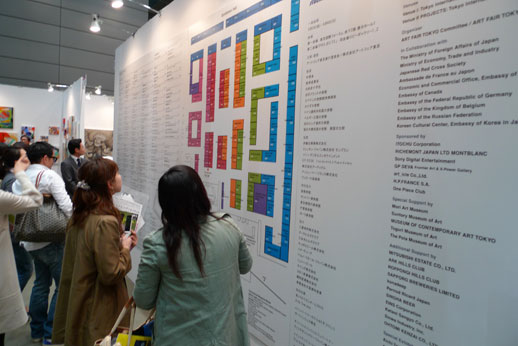
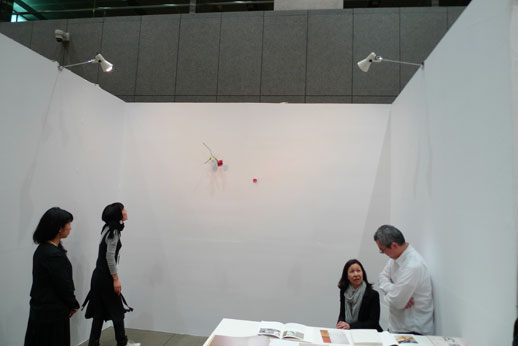
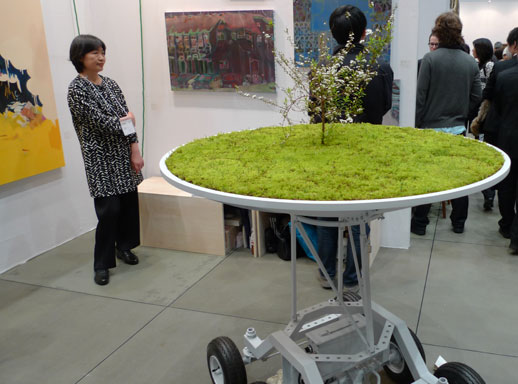
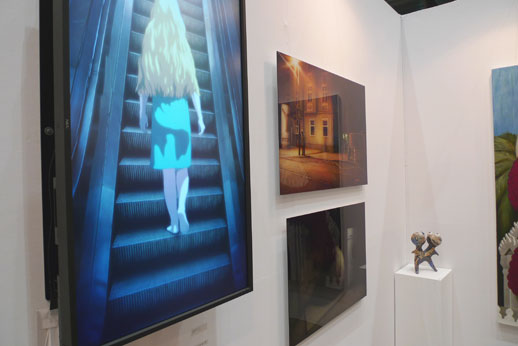
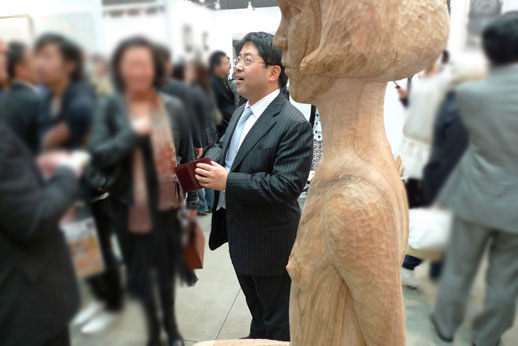
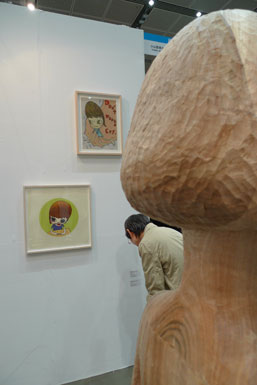
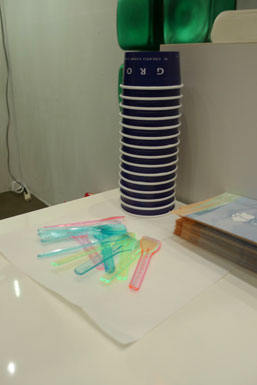
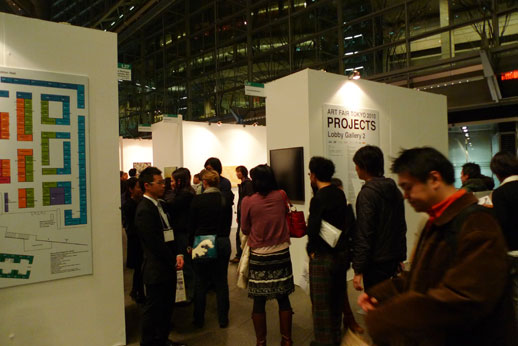
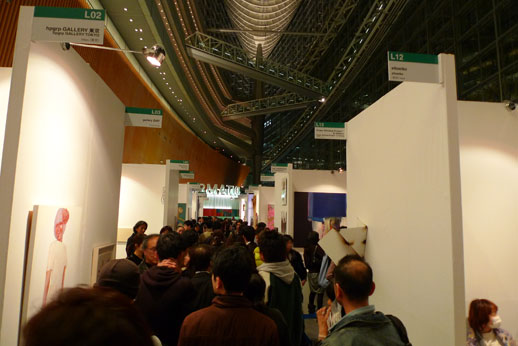
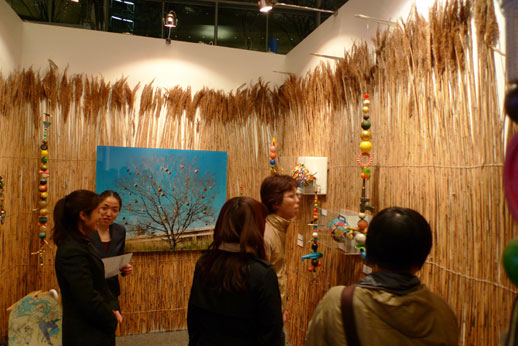
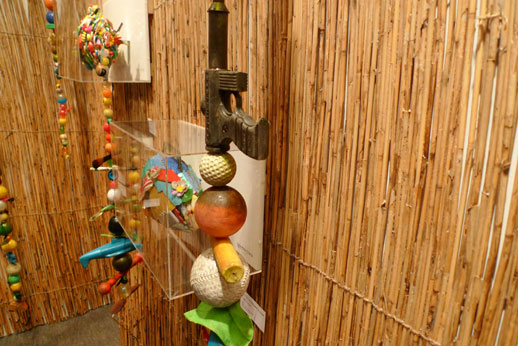
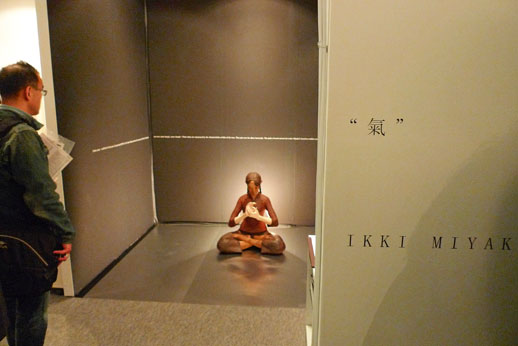
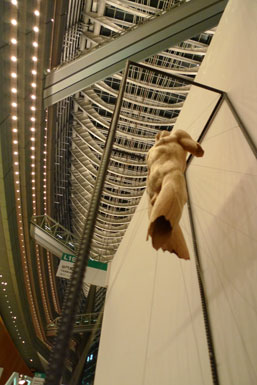
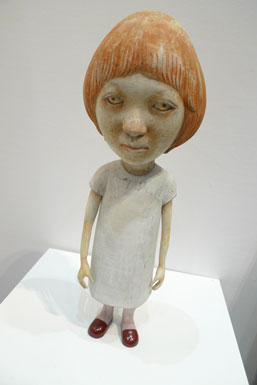
William Andrews
William Andrews



